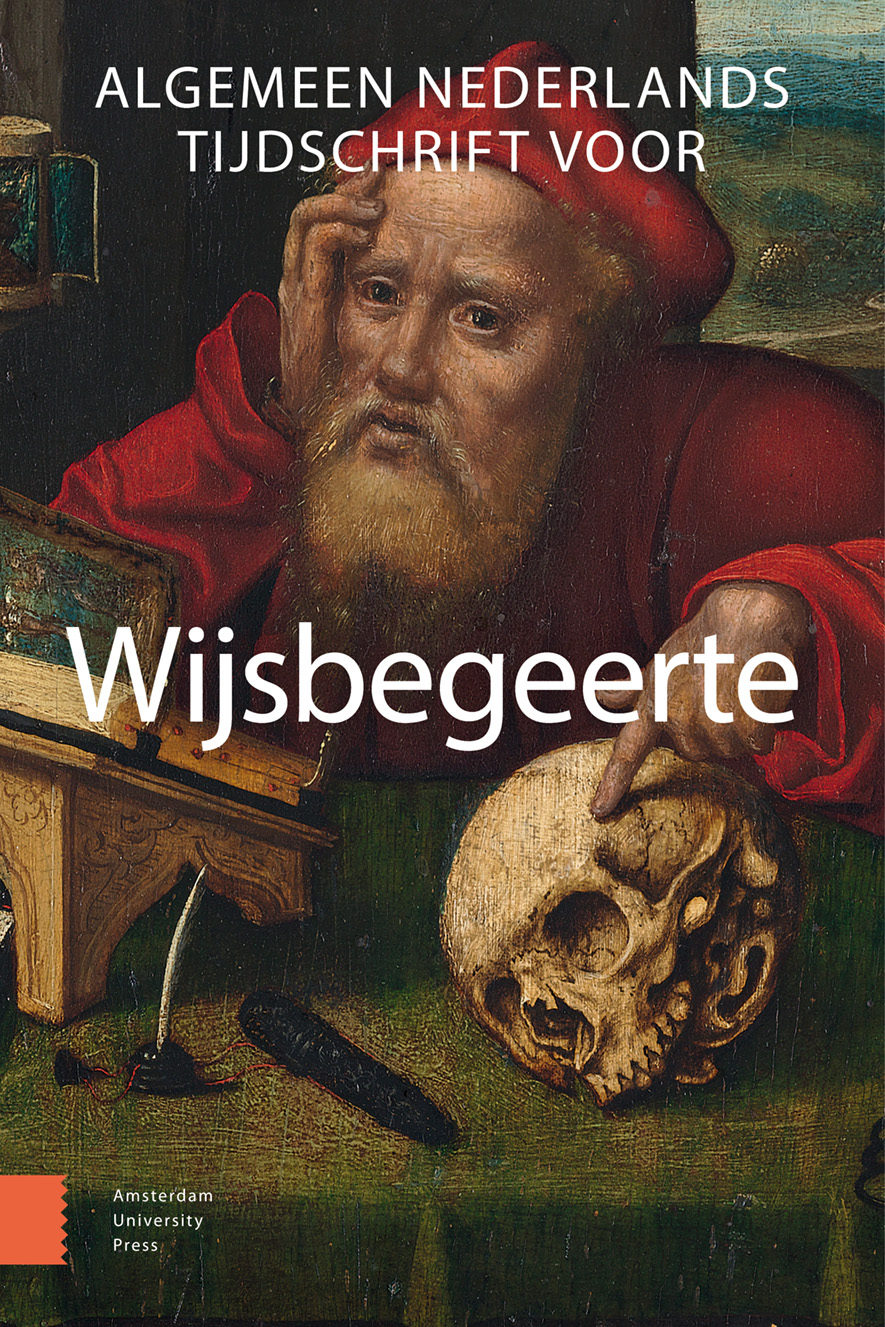-
OAWho’s the greatest of them all?
Een niet-technische uiteenzetting van de methode van Newtons Principia vergezeld van enige reflecties van wetenschapsfilosofische aard
- Amsterdam University Press
- Source: Algemeen Nederlands Tijdschrift voor Wijsbegeerte, Volume 113, Issue 1, Feb 2021, p. 3 - 24
-
- 01 Feb 2021
Abstract
Abstract
Who’s the greatest of them all? A non-technical explication of Newton’s method in the Principia accompanied by some philosophical reflections
In this essay, I seek to explicate the methodology which Newton used in the Principia in a non-technical way. Close attention will be paid to some important results in Books I and III of the Principia and to Newton’s argument for universal gravitation. Based on their discussion, Newton’s key inferential strategies will be brought to the fore. In addition, it will be explained how Newton’s methodology differed from a standard hypothetico-deductive method.
© 2021 Amsterdam University Press


